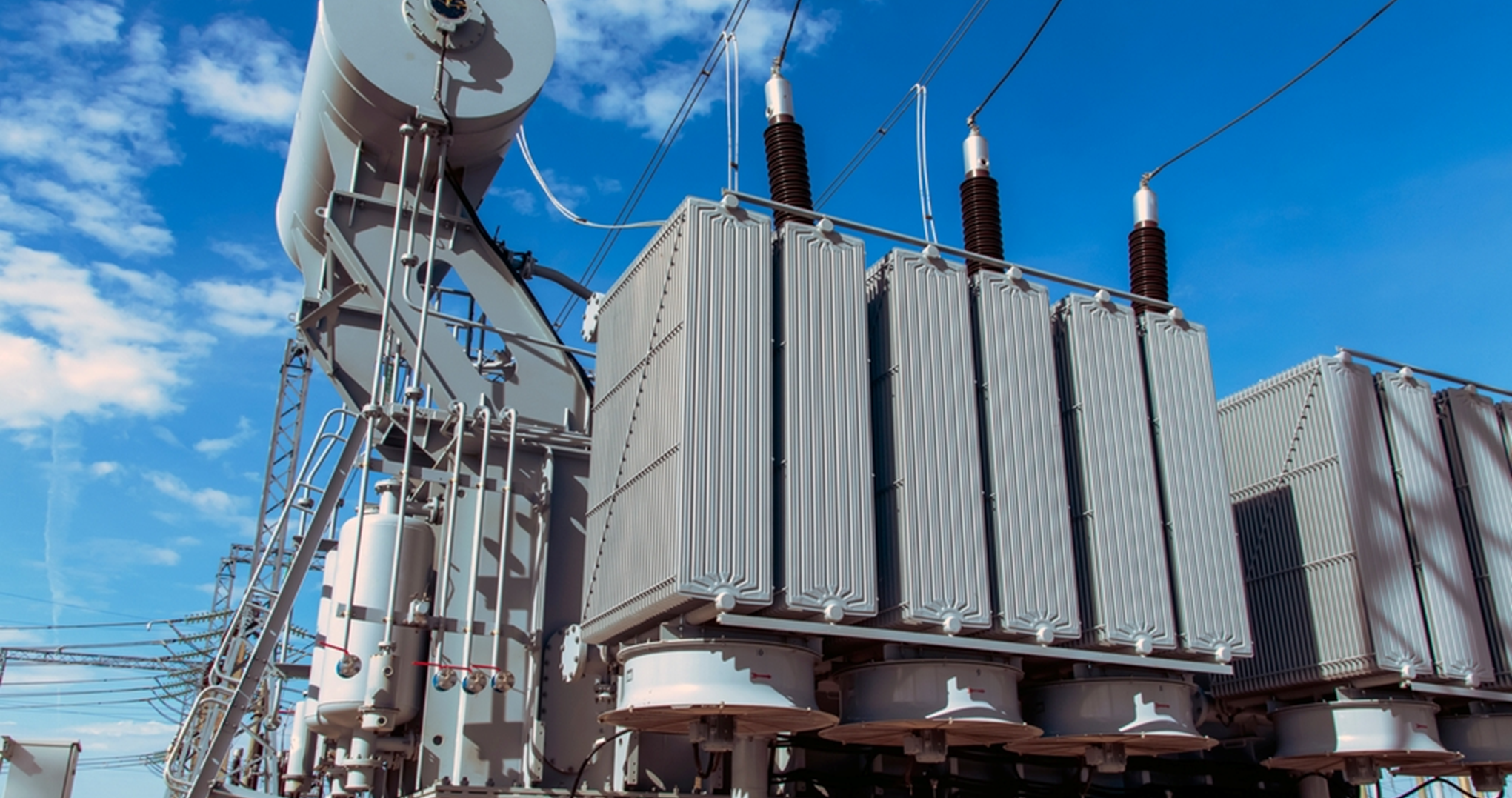Our recommendations
Last Update
20 June 2023
How to scale CCUS industry in India to achieve net zero emissions?
Will CCUS finally arrive in India?
There exists mainly three main types of technological carbon capture currently across the globe, however many more are under development. From India’s perspective industrial-point-source capture is important going forward as it renders potential for the country to accelerate decarbonization under both short and medium term. That said, several challenges must be overcome before industrial-point CCUS can reach scale, especially around policy and regulatory support, cost, and public acceptance. Globally, based on the current CCUS project pipeline, approximately 110 million tons per annum (MTPA) of CO₂ are expected to be captured annually by 2030. To achieve the net-zero commitments pledged by 64 governments at COP26, approximately 715 MTPA are required by 2030 and 4,200 MTPA by 2050.
More than 25,000 global industrial CO₂ emitters across 11 industrial sectors could be decarbonized through CCUS. These facilities are distributed all over the world, with China, Europe, India, and the United States accounting for more than 60 percent of industrial point-source emissions. The highly distributed nature of emissions means that these challenges will be solved not through the formation of a small number of decarbonization hubs but by deploying capital at scale across many projects around the world.
Policy level uncertainty & revenue streams need to be addressed for India
Policies are uneven and uncertain in India: CCUS projects are generally still first of a kind and therefore unproven, not because the technology is unknown but because the various components have not yet been combined repeatedly at scale in India. As a result, the policy to enable these projects is complex and still evolving. It requires a blend of direct incentives (such as support for shared infrastructure), indirect incentives (such as carbon prices or voluntary markets), regulatory enablement (such as permitting), and risk management (such as monopoly, off-taker, or subsurface risk assumption). The current policy landscape is quite varied and, in many instances, is in the process of being actively shaped.
Revenue streams are not well established, making business cases challenging: Building on the previous point, most business cases for CCUS currently rely on specific policy enablement. Without that, it is difficult to make economical business cases. Non-subsidy revenues, which will be critical to scaling the industry, are currently immature. Given estimates that scaling the CCUS industry will require $130 billion per year from now until 2050 t is unlikely that governments would be either willing or able to cover all costs in India.
Mr. Ravi Shekhar, Director & Head, of Eninrac Consulting says “India offers great potential for the CCUS market, however, currently lacks necessary technology and technical proof points to graduate into a market which offers new investments aligned with robust revenue streams. For a country like India the market mechanism for CCUS must be developed in phases wherein Government offers support to develop CCUS by attaching a cost to carbon emissions and implementing a carbon-market system, introducing tax allowances and other mechanisms as applicable. Further, securing cross-border CCUS agreements would hold key for scaling the market and developing India into a carbon capture hub. The scope for all the industry participants should not be limited to domestic point-source-to-sink projects and should ideally focus upon future cross-border markets and their allied growth. This can be achieved by setting up G2G working groups or alliances on the lines of ISA.”
Key Challenges Faced for CCUS in India
2. Limited technical and technology proof points: Majority of CCUS value chain activities (such as gas compression and transport, injection-well delivery, and subsurface monitoring) are familiar to companies operating in oil & gas sector. But, in India outside this sector, the level of technical understanding of CCUS is low. Not only in India but also in the remaining of Asia-Pacific does not have a deep pool of pilot and operational-project proof points across sectors and countries to demonstrate technological readiness.
- Communications Team
Do you want to seek Eninrac assistance in helping you resolve some critical business issues? Engage with us and reach out to our experts by using the Request for Proposal (RFP) form.
BEST VISION IS INSIGHT
Combine market knowledge and your skill to contribute value for end consumers

Transformer Sales Surge: ₹75,000 Crore Opportunity Ahead

Solar Parks Development Status in India

EU Solar Market 2024: Utility- Scale Resilience Amidst A Slumping Rooftop
Get started with
EI Market personalised demo
Complete the form to get in touch with our sales team to see our Visionboard platform in action. We'll show you how you can use eninrac to build a culture of action of consistently hunting down and eliminating poor market research expriences across your companies line of business


